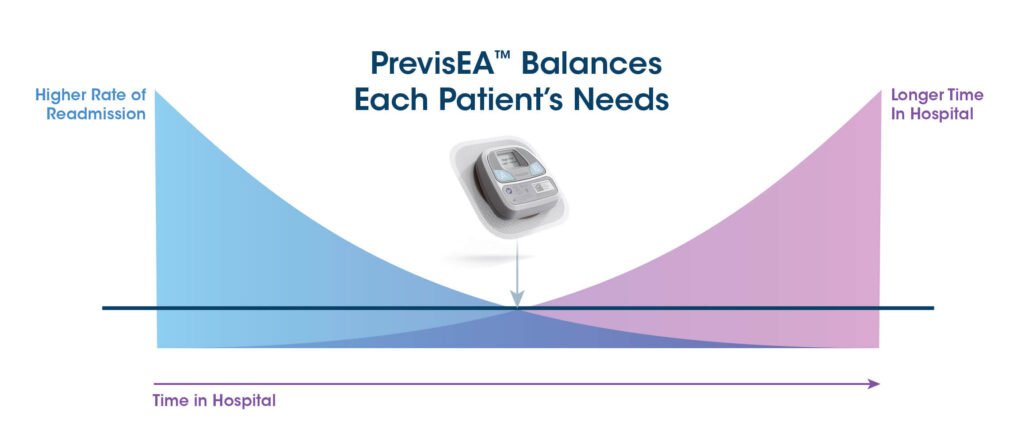
1
Previs is placed on the abdomen of the patient within one hour of surgery
2
An acoustic biomarker, MH4,1 is quantified at postoperative hour 12 to determine the patient’s Previs™ Index
3
The patient Previs Index is displayed as “High Risk” or “Low Risk” for development of gastrointestinal impairment




